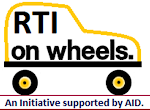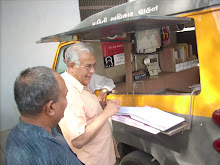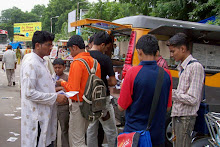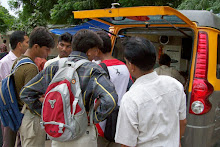The Hindu: Tamilnadu: Friday, 9 August 2024.
The debate on the Vanniyar quota has been revived in Tamil Nadu. Data released by the State government under the Right to Information Act shows that without an exclusive internal reservation quota, the Vanniyars would stand to benefit in admission to higher education institutions and appointment in government jobs. However, the Pattali Makkal Katchi is disputing this contention. What is the quota controversy all about?
Last week, data shared by the Tamil Nadu Department of Backward Classes, Most Backward Classes and Minorities Welfare, under the RTI Act, threw up some interesting numbers. It showed in terms of representation in higher education and public employment, the members of the Vanniyar community, led the Most Backward Classes and Denotified Communities. As per this, among the 20% quota for MBCs and DNCs, the Vanniyars had much higher representation when it came to admission to professional degree courses such as MBBS, BDS, postgraduate medical degree and law degree programmes.
The same was the case in respect of government jobs for which recruitment was done by State agencies such as the Tamil Nadu Public Services Commission, the Medical Recruitment Board and the Teachers Recruitment Board.
This data led to the interpretation that if the Vanniyakula Kshatriyas under which seven sub castes including Vanniyar, Vannia Gounder, Padayachi, Agnikula Khshatriya etc are grouped are granted an internal reservation of 10.5% within the 20% MBC quota, they would stand to lose out in representation in higher education and government jobs, than when they compete within the 20% quota.
We look at the Vanniyar agitation of the 1980s, the importance of the Vanniyar vote bank, and more.
The debate on the Vanniyar quota has been revived in Tamil Nadu. Data released by the State government under the Right to Information Act shows that without an exclusive internal reservation quota, the Vanniyars would stand to benefit in admission to higher education institutions and appointment in government jobs. However, the Pattali Makkal Katchi is disputing this contention. What is the quota controversy all about?
Last week, data shared by the Tamil Nadu Department of Backward Classes, Most Backward Classes and Minorities Welfare, under the RTI Act, threw up some interesting numbers. It showed in terms of representation in higher education and public employment, the members of the Vanniyar community, led the Most Backward Classes and Denotified Communities. As per this, among the 20% quota for MBCs and DNCs, the Vanniyars had much higher representation when it came to admission to professional degree courses such as MBBS, BDS, postgraduate medical degree and law degree programmes.
The same was the case in respect of government jobs for which recruitment was done by State agencies such as the Tamil Nadu Public Services Commission, the Medical Recruitment Board and the Teachers Recruitment Board.
This data led to the interpretation that if the Vanniyakula Kshatriyas under which seven sub castes including Vanniyar, Vannia Gounder, Padayachi, Agnikula Khshatriya etc are grouped are granted an internal reservation of 10.5% within the 20% MBC quota, they would stand to lose out in representation in higher education and government jobs, than when they compete within the 20% quota.
We look at the Vanniyar agitation of the 1980s, the importance of the Vanniyar vote bank, and more.















































































